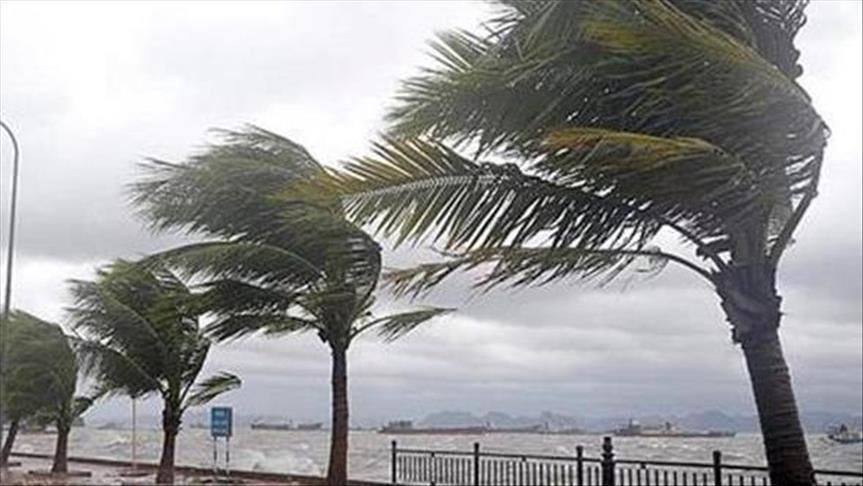
07 Nov, 2025
2 min read
Severe Tropical Storm Opong Halts Classes and Work in Western Visayas Amid Warnings of Intensifying Weather
Severe Tropical Storm "Opong" struck Western Visayas on September 26, leading to extensive class cancellations and work suspensions across the region. The measures were implemented based on Malacañang’s Memorandum Circular No. 102, issued on September 25 following recommendations from the National Disaster Risk Reduction and Management Council (NDRRMC).
All educational institutions—from elementary to tertiary levels—in Aklan, Antique, Capiz, Guimaras, Iloilo, and Negros Occidental suspended classes to ensure the safety of students and educators. Meanwhile, only essential services such as healthcare and emergency response units remained operational, with other government agencies closing offices or deploying non-essential personnel to alternative work arrangements.
Iloilo Provincial Capitol ceased operations under Executive Order No. 90 issued by Governor Arthur Defensor Jr., with Iloilo City Hall and other local government offices adopting similar precautionary steps.
The memorandum underscored that "the management of essential services must continue even during disasters. But we also emphasize the safety of our communities above all."
As of Friday morning, the Philippine Atmospheric, Geophysical and Astronomical Services Administration (PAGASA) reported that "Opong" was moving west-northwestward toward Romblon. Weather Advisory No. 27, released at 5 a.m., warned of heavy rainfall resulting from the storm and an enhanced southwest monsoon.
PAGASA highlighted significant wind threats: areas under Tropical Cyclone Wind Signal No. 3 were expected to experience "moderate to significant impacts from storm-force winds." Regions under Signal No. 2 faced "minor to moderate effects from gale-force winds," while those under Signal No. 1 were likely to experience "minimal to minor impacts from strong winds."
The monsoon is also anticipated to cause strong to gale-force gusts in provinces not directly under wind signals, particularly in coastal and mountainous areas.
Local disaster risk reduction and management councils have activated emergency protocols and remain on high alert. Authorities have urged residents to secure their properties, avoid travel unless necessary, and prepare for possible evacuations if conditions deteriorate.
The NDRRMC emphasized, "Residents must closely monitor advisories and heed warnings. Preparedness is the key to saving lives."
With forecasts predicting continued adverse weather conditions, communities throughout Western Visayas are bracing for more heavy rains, rough seas, and hazardous winds over the coming days.
Recommended For You

Puregold Launches First Store in Antique to Stimulate Local Economy and Employment
Nov 07, 2025
Visitacion Quibuyen
Benguet Rep. Eric Go Yap Denies Involvement in Flood Control Corruption Scandal
Nov 07, 2025
Apolinario Tiamzon

Trump Administration Redirects $1.8 Billion in Foreign Aid to ‘America First’ Priorities
Nov 07, 2025
Gregoria Sumulong

Filipino Jiu-Jitsu Team Clinches Overall Championship at SJJIF World Tournament in Japan
Nov 07, 2025
Apolinario Tiamzon
